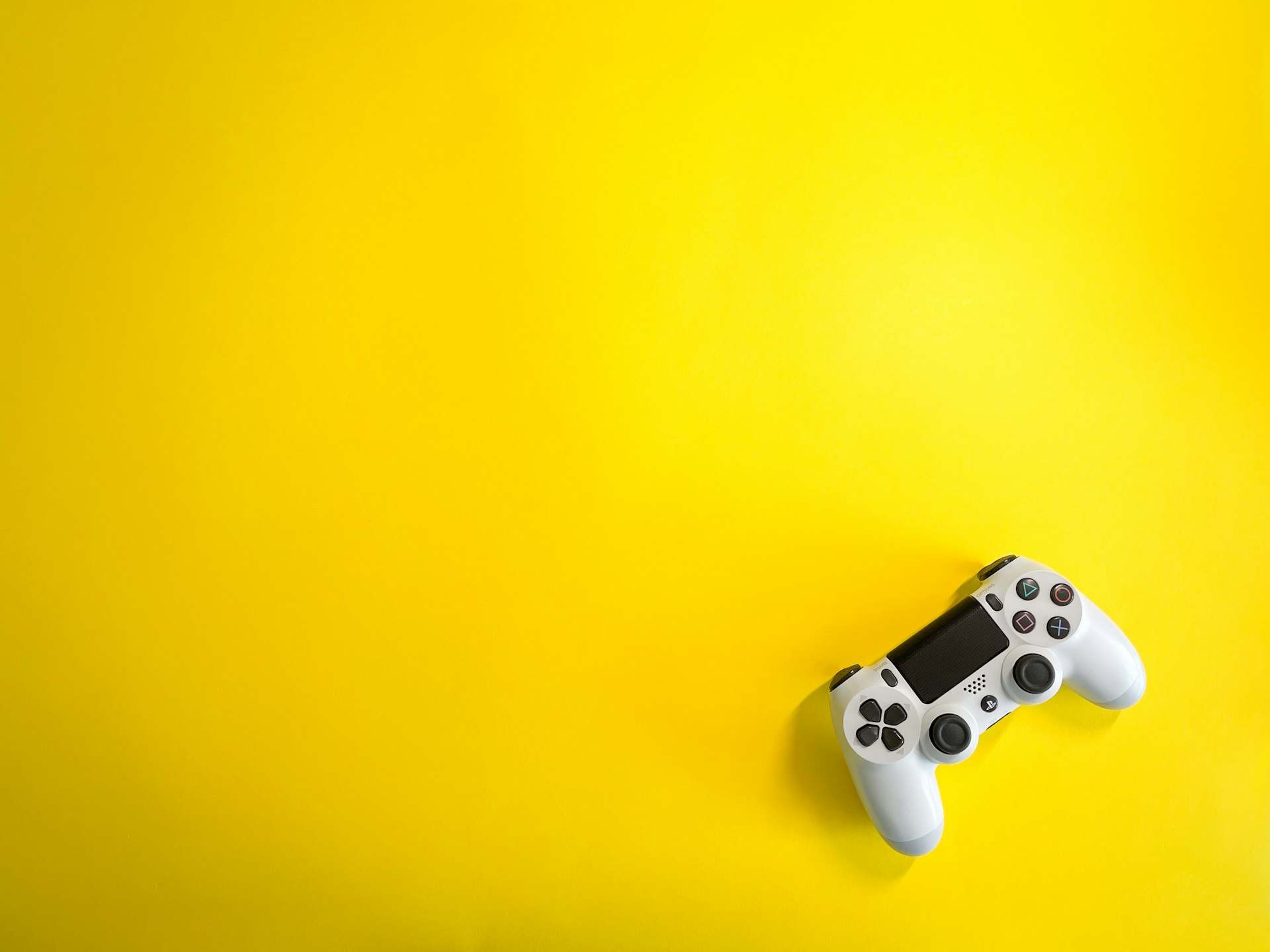Mastering the Balance: Crafting Games for Both Single-Player and Multiplayer Success

Photo by Alexander Jawfox on Unsplash
Introduction: The Challenge of Dual-Mode Game Design
Creating a game that excels in both single-player and multiplayer modes requires a deep understanding of player expectations, technical constraints, and community dynamics. While single-player experiences often focus on narrative immersion and player empowerment, multiplayer games demand fairness, competitive balance, and social engagement. Balancing these modes is crucial for delivering a product that resonates broadly and sustains player interest over time. This article explores the importance of finding this balance, outlines proven strategies, and provides actionable guidance for developers aiming to succeed in both domains.
Understanding the Core Differences
Single-player and multiplayer game design diverge significantly in their goals and mechanics. In single-player experiences, the player is typically the focal point, allowing for more tailored narratives and dynamic difficulty adjustments. The game can “cheat” to ensure the player feels powerful or special, with the AI designed to lose convincingly or adapt to player habits [1] . Meanwhile, multiplayer games must ensure that all participants have a fair chance of winning by offering a range of viable strategies and options, as the unpredictability of human opponents replaces scripted encounters [5] . In these environments, imbalance leads to frustration and can quickly drive players away.
Why Balance Matters: Player Engagement and Retention
Balanced gameplay is at the heart of player satisfaction. When mechanics are tuned so that no single strategy, character, or item dominates, players are more likely to feel that their choices matter and that their skill determines their success. In single-player campaigns, this means giving players tools to overcome challenges in their own way, while in multiplayer modes, it ensures competitive fairness and diversity in playstyles [2] . A well-balanced game fosters a positive community, encourages replayability, and generates organic word-of-mouth promotion, all of which contribute to long-term engagement.
Key Principles in Balancing Single-Player and Multiplayer Design
1. Adaptation vs. Fairness: Single-player balance can involve dynamic AI that responds to player tactics, creating a sense of challenge without punishing the player excessively. For example, a boss might change its behavior if the player repeats the same move, keeping encounters fresh [1] . Multiplayer balance, however, requires that all players have access to similarly viable options, preventing any one approach from dominating the meta [5] .
2. Continuous Adjustment: Both modes benefit from ongoing balance updates. For multiplayer, frequent patches are often necessary to address emerging exploits or dominant strategies identified through player feedback and data analytics. Single-player games may require less frequent updates, but post-launch support can still enhance the experience by smoothing difficulty spikes or fixing overlooked imbalances [2] .
3. Community Feedback and Data: Soliciting and acting on community feedback is vital, especially in multiplayer games where the player base quickly detects imbalance. Tools such as analytics platforms and player forums provide invaluable insights for making informed balance adjustments [2] . In single-player, player reviews and playtesting can reveal pain points or unintended exploits that disrupt the intended experience.
Real-World Examples of Balance Challenges
Case Study: Diablo III
Diablo III’s initial release struggled to satisfy both single-player and multiplayer audiences. Its focus on balance for competitive play came at the expense of the empowering, over-the-top experiences that single-player fans enjoyed in earlier entries. This led to criticism for making the single-player mode feel less rewarding [3] . The lesson: overbalancing for one mode can alienate fans of the other.
Case Study: Ori & the Will of the Wisps

Photo by Nik on Unsplash
In Ori & the Will of the Wisps, single-player balance was managed by one designer, focusing on the protagonist’s stats and abilities. This tight scope allowed for nuanced tuning and a smooth difficulty curve, which would be nearly impossible in a complex multiplayer environment [4] . The game’s success demonstrates the value of specialized balancing approaches for different modes.
Step-by-Step Guidance for Achieving Balance
Step 1: Define Core Experiences for Each Mode
Begin by clearly articulating what you want players to feel and achieve in both single-player and multiplayer settings. For single-player, prioritize narrative, emotional impact, and a sense of progression. For multiplayer, focus on fairness, variety of viable strategies, and social engagement. Document these goals as a reference for all balance decisions.
Step 2: Separate and Integrate Systems Where Appropriate
Consider developing separate progression, reward, or ability systems for each mode if possible. For example, abilities that are fun but overpowered in single-player can be toned down or reimagined for multiplayer. Alternatively, shared systems must be carefully tuned to prevent exploits and ensure fairness across modes. Testing is critical: run parallel playtests with both solo and group players to identify imbalances early.
Step 3: Leverage Data and Feedback
Implement analytics to track how players interact with your game. Monitor common strategies, win rates, and feedback to guide your balancing efforts. For multiplayer, maintain active communication channels with your community and be transparent about balance changes. For single-player, gather player testimonials and observe playthroughs to spot frustration points or unintended exploits.
Step 4: Iterate and Communicate
Balance is never finished. Schedule regular updates and communicate openly with your player base about upcoming changes. Explaining the reasoning behind balance adjustments builds trust and encourages constructive feedback. Celebrate successful balance improvements by highlighting positive player stories or achievements following updates.
Challenges and Solutions
One major challenge is that design goals for single-player and multiplayer can directly conflict. Empowering the solo player with game-breaking abilities may undermine competitive integrity in multiplayer. One solution is to “sandbox” certain mechanics-allowing greater freedom in solo play while restricting or modifying them in multiplayer. Another common issue is resource limitation: smaller teams may not have the bandwidth to develop or maintain separate systems. In these cases, prioritize which mode aligns most closely with your game’s vision, but remain transparent with your community about these decisions.
Alternative Approaches
Some studios choose to focus exclusively on one mode, ensuring a tightly balanced and focused experience. Others adopt modular designs, where multiplayer and single-player are almost separate products sharing a common world or lore. Still others use seasonal or event-based balancing, temporarily introducing new rules or modifiers to keep both modes fresh and engaging.
How to Access Support and Resources
If you are a developer seeking guidance or tools for balancing your game, consider the following steps:
- Join established game design communities such as the International Game Developers Association (IGDA). They offer resources and forums for discussing balance issues.
- Explore case studies and best practices published by experienced designers from companies like Blizzard Entertainment and Riot Games. These are often available through official blogs, GDC presentations, and respected industry publications.
- Use data analytics and feedback tools-many reputable providers offer free or trial versions suitable for indie teams. Research “game analytics platforms” to find options that best fit your needs.
- Attend virtual or in-person conferences focused on game development to network with peers and learn from experts. Search for events like the Game Developers Conference (GDC) or PAX.
If you need specialized assistance, you can search for “game balance consulting firms” or “independent game balance consultants” through professional networks like LinkedIn or industry directories.
Key Takeaways
Balancing single-player and multiplayer design is both an art and a science. Success depends on respecting the unique needs of each mode, gathering and acting on player feedback, and being willing to iterate over time. By prioritizing player engagement and fairness, and by remaining transparent about your design choices, you can create a game that delights players in every mode.
References
- [1] Celia Alexis Wagar (2017). Single Player Game Balance – CritPoints.
- [2] Meegle (n.d.). Game Balancing – Meegle.
- [3] Paradox Interactive Forum (n.d.). [Game Design] Multiplayer and Single Player Cannot Co-Exist.
- [4] Game Design Skills (n.d.). Video Game Balance: A Definitive Guide.
- [5] Sirlin.Net (n.d.). Balancing Multiplayer Games, Part 1: Definitions.



